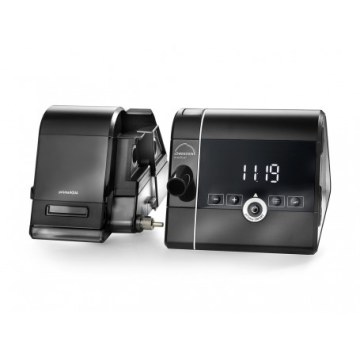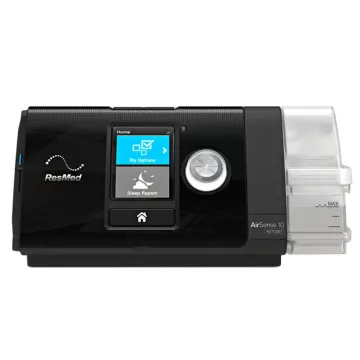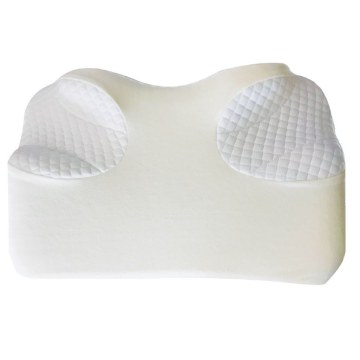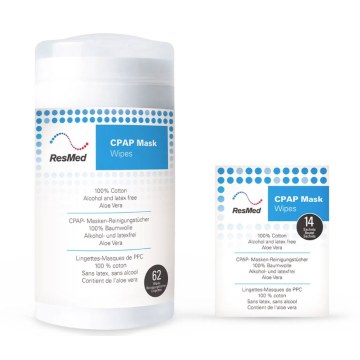A Guide to Restful Sleep and Better Breathing
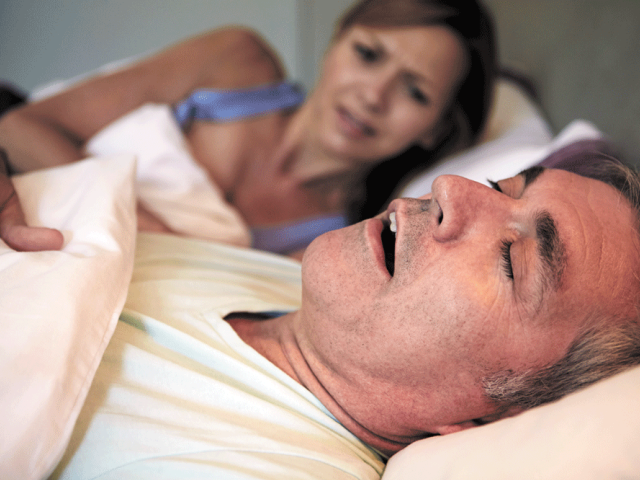
How Did You Sleep Last Night?
Sleep is a complex issue that affects millions of people and has a significant impact on health. Sleep apnea is a serious medical condition that affects a large percentage of the population, often remaining undiagnosed.
What is Sleep Apnea?
Sleep apnea is a disorder characterized by repeated interruptions in breathing during sleep, lasting from a few seconds to minutes. There are three main types:
- Obstructive Sleep Apnea (OSA): The most common form, where the muscles in the back of the throat relax excessively, leading to airway obstruction.
- Central Sleep Apnea (CSA): Affects less than 1% of the population; the brain fails to send appropriate signals to breathe.
- Complex Sleep Apnea: A combination of obstructive and central sleep apnea.
During apneic episodes, the airways (throat) may become partially or completely blocked. This hinders airflow to the lungs and reduces oxygen levels in the blood, leading to long-term complications:
- High blood pressure
- Cardiovascular system overload
- Arrhythmias
- Stroke
- Type 2 diabetes
- Inflammatory and endocrine disorders
- Asthma
- Metabolic syndrome - weight gain
- Acid reflux
- Cloudy thinking - drowsiness - memory and concentration loss
- Depression - anxiety disorders
Symptoms That Should Concern You!
- Snoring - restless sleep with interrupted breathing
- Nighttime urination more than twice
- Night sweats
- Drowsiness - fatigue - reduced concentration
- Morning headaches - dry mouth - sore throat
- Irritability - mood changes
- Increased blood pressure that does not improve with medication
Diagnosis
Diagnosis begins with taking a health history and symptoms, along with a clinical examination (anatomy of the oral-nasal cavity and throat, hypertension, obesity).
If initial indications are present, the next steps for diagnosis include a Sleep Study (Polysomnography - PSG in a lab or Home Sleep Apnea Testing - HSTATs).
During the sleep study, physical functions are monitored, including:
- Respiratory effort
- Airflow (from the nose and mouth)
- Snoring
- Oxygen saturation (SpO2)
- Heart rate (ECG)
- Chest - abdominal movement
- Peripheral arterial tone (PAT)
The collected data indicate the frequency and type of breathing interruptions (obstructive or central) as well as the severity of the disorder.
Home Diagnosis
This is done with a portable monitoring device (HSTATs). Its advantages include maintaining sleep routine and more natural recording, easy access, lower cost, and shorter waiting times.
Treatment
The CPAP DEVICE is the primary treatment for sleep apnea. It is a device that delivers air in a continuous flow and appropriate pressure to keep the airways open.
The benefits of using CPAP are numerous: minimizing symptoms, improving sleep quality, reducing health risks, and enhancing overall well-being!
Points of Attention
Choosing the Right Mask:
- Proper Fit: The mask should fit well on the face to avoid air leaks.
- Comfort: Consider options such as:
- ORO NASAL CPAP MASK: Fits at the nostrils, suitable for those who prefer a less invasive option.
- NASAL CPAP MASK: Covers only the nose, providing a balance between coverage and comfort.
Cleaning and Maintenance
- Filter and Tube Replacement: Change filters and tubes according to the manufacturer’s instructions.
- Mask Cleaning: The mask should be cleaned daily using suitable products designed not to cause damage or wear, helping to extend the life of the equipment.
- Settings and Adjustments: Regularly check and adjust settings as needed, and adhere to the treatment schedule for optimal results.
* No user should act solely based on the information contained in this article without seeking appropriate professional advice tailored to their specific situation. Neither Biomed nor any of its employees offers any warranties, express or implied, nor assumes any responsibility or liability for the accuracy, completeness, or usefulness of any information provided here.

